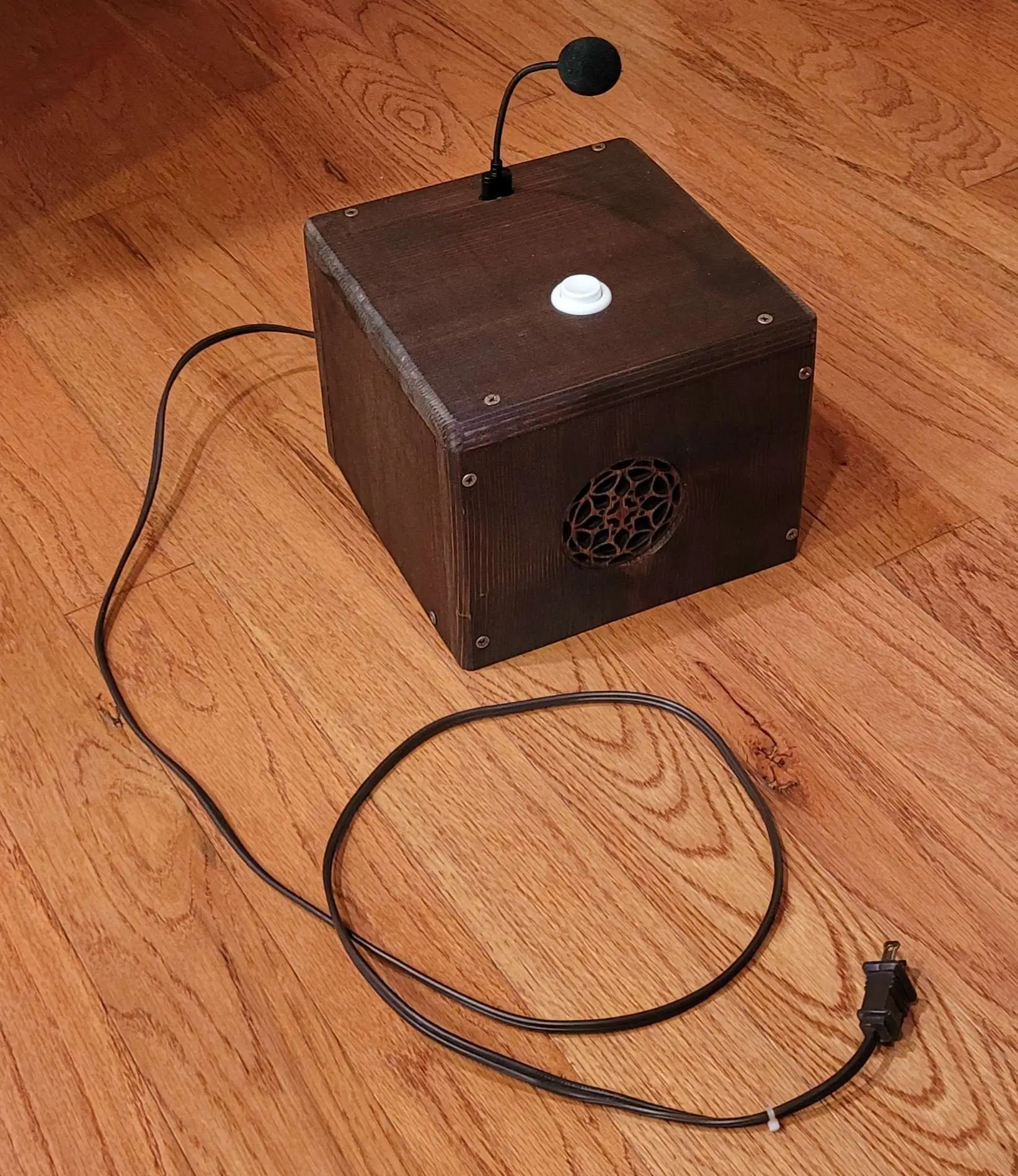I'll look into Cataclysm Dark Days Ahead though to be honest, I don't really play games. I might be able to convince my SO who does to take a look though - I sometimes watch them play.
I've heard the wisdom around boats before, but I was thinking of houseboats because that's a thing some people do IRL, and I like to include different lifestyles in the art when I can. TBH, given some of the drama I've read around rich people trying to get houseboats banned from mooring in public waterways near their private beaches, I was under the impression it was an economical way to live, though that might just be the case in some modern-day ultra-expensive coastal cities.
Ropeways are something I mostly know from ski mountains (my area is lousy with them) but I was surprised to learn about how much they're used elsewhere for public transit - rich areas like the Alps definitely use them, but they seem to show up a bunch in the Middle East, South East Asia and Central America, where I don't know that they necessarily guarantee rich surroundings (there was a somewhat famous rescue a year or so back in Pakistan when one broke while high over a valley). I don't doubt the mechanical complexity (see: recent accidents), and I'll admit I'm probably too fond of them as a concept for steady public transit that crosses rough terrain well, but I don't know that alternatives like entire train lines or buses would have a lower impact. For all I know they do. I aim to balance the environmental footprint (including largely unseen parts like manufacturing and maintenance) against depicting places people might like to live.
100% with you on the fertility of the soil in river basins, and depictions of homesteads/uses of heat.
I respect folks who can picture the very long long term future, but to be honest, even positive depictions of it don't feel very actionable to me. I'm not a scientist, researcher, inventor, so the hundred-thousand-year future feels pointlessly out of reach, especially with how bad things seem likely to get in the near term. I want to make stuff that inspires at least a little hope and ambition for today and tomorrow - and to depict scenes that make people think think, “why aren’t we doing that?” or “could that work?” I think the aspirational goal is the same, I'm just more focused on doing the best we can in the next few years and emphasizing any positive progress over perfection.
Thanks for all your input, I really appreciate it




 Looking at this test I don't think I can feel a difference in depth with fingertips until I get to 30%.
Looking at this test I don't think I can feel a difference in depth with fingertips until I get to 30%.




Good point on the dolphins!
The amphibious public transit idea came from another discussion where someone suggested them so they could double as a fleet of rescue/evacuation vehicles. They basically wanted sturdy buses that wouldn't stall when traversing a few feet of water, and which didn't pose as much risk of getting stranded. I don't know if that makes them any more practical or if a flood-prone city would just maintain a fleet of buses and a fleet of boats for rescue situations. Duckboats would almost definitely be harder to maintain than either one separately, but they might justify the cost if it means they're getting their money's worth by using them normally for public transit?
I think you're absolutely right that a ferry connection would be easier to set up and maintain.